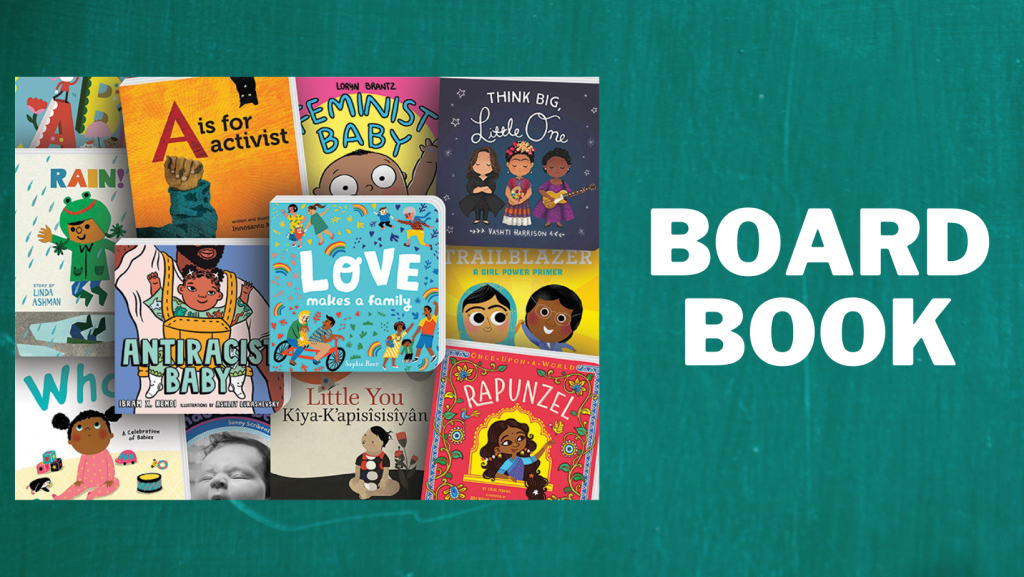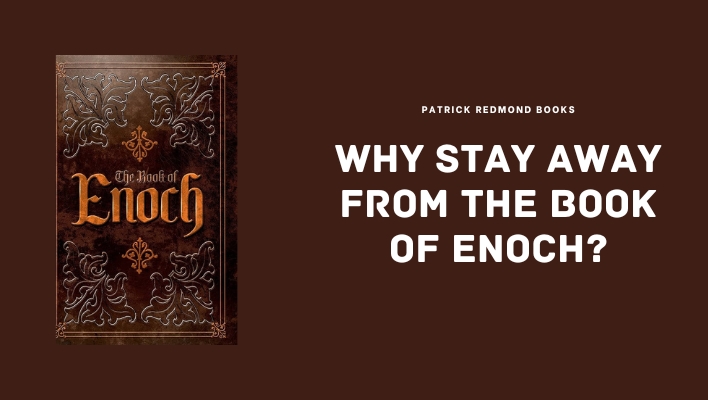A board book is a book that has pages made of thick cardboard or other durable materials. Board books are designed for babies and toddlers, who are still developing their fine motor skills and may accidentally tear paper books. Board books also have rounded corners to prevent injuries.
Board books often have bright, colorful illustrations and simple text that is easy for young children to understand. Board books are also made of durable materials that can withstand repeated use.
Sure. Here is a more detailed explanation of the key features of board books, as well as the benefits of board books for young children:
Key features of board books
- Thick, sturdy pages that are difficult to tear: Board books are typically made of cardboard or other durable materials, which makes them difficult for babies and toddlers to tear. This is important because babies and toddlers are still developing their fine motor skills, and they may accidentally tear paper books.
- Rounded corners to prevent injuries: Board books often have rounded corners to prevent injuries. This is important because babies and toddlers are still learning to coordinate their movements, and they may accidentally bump their heads on sharp corners.
- Bright, colorful illustrations that are engaging for young children: Board books often have bright, colorful illustrations that are designed to capture the attention of young children. This is important because young children are naturally drawn to bright colors and interesting pictures.
- Simple text that is easy for young children to understand: Board books often have simple text that is easy for young children to understand. This is important because young children are still developing their language skills, and they may not be able to understand complex sentences.
- Durable materials that can withstand repeated use: Board books are made of durable materials that can withstand repeated use. This is important because young children tend to be rough with books, and they may drop them, throw them, or even chew on them.
Benefits of board books for young children
- Promote early literacy skills: Board books can help young children develop early literacy skills, such as letter recognition, phonemic awareness, and vocabulary. For example, a board book about animals can help young children learn the names of different animals and the sounds that they make.
- Encourage a love of reading: Reading board books with young children can help them develop a love of reading that will last a lifetime. When young children have positive experiences with books, they are more likely to want to read as they get older.
- Bonding experience: Reading board books together is a great way for parents and caregivers to bond with young children. It is a time to cuddle together and share a story.
- Teach about the world around them: Board books can teach young children about the world around them. For example, a board book about colors can teach young children the names of different colors and where they can see them in the world.
- Develop fine motor skills: Turning the pages of board books helps young children develop their fine motor skills. Fine motor skills are the small movements that we use with our hands and fingers.
Why are board books important?
Board books are important for young children because they offer a variety of benefits, including:
- Developing early literacy skills: Board books can help young children develop early literacy skills, such as letter recognition, phonemic awareness, and vocabulary. For example, a board book about colors can help young children learn the names of different colors and where they can see them in the world.
- Promoting cognitive development: Board books can also help promote cognitive development in young children. For example, board books with interactive features, such as flaps to lift or textures to feel, can help young children learn about cause and effect and develop their problem-solving skills.
- Fostering a love of reading: Reading board books with young children can help them develop a love of reading that will last a lifetime. When young children have positive experiences with books, they are more likely to want to read as they get older.
- Bonding experience: Reading board books together is a great way for parents and caregivers to bond with young children. It is a time to cuddle together and share a story.
- Teaching about the world around them: Board books can teach young children about the world around them. For example, a board book about animals can teach young children the names of different animals and the sounds that they make.
In addition to these specific benefits, board books can also help young children:
- Expand their knowledge of the world around them
- Develop their listening and comprehension skills
- Learn new concepts and ideas
- Develop their social-emotional skills
- Strengthen their bond with parents and caregivers
Difference Between Board Books & Hardcover
The main difference between board books and hardcover books is the material used for the pages. Board books have pages made of thick, sturdy cardboard, while hardcover books have pages made of paper. This makes board books more durable and less likely to be torn or damaged by young children.
Here is a table that summarizes the key differences between board books and hardcover books:
| Feature | Board book | Hardcover book |
|---|---|---|
| Page material | Thick, sturdy cardboard | Paper |
| Durability | More durable | Less durable |
| Tear resistance | More tear-resistant | Less tear-resistant |
| Suitability for young children | More suitable for young children | Less suitable for young children |
| Cost | Typically more expensive | Typically less expensive |
Board books are generally considered to be the better choice for young children because they are more durable and less likely to be damaged. However, hardcover books may be a better choice for older children who are able to handle them more carefully.
Here are some additional things to consider when choosing between board books and hardcover books:
- Age of the child: Board books are the best choice for babies and toddlers, while hardcover books may be more appropriate for older children.
- Developmental level of the child: Board books are often simpler and more repetitive than hardcover books, so they may be a better choice for children who are still developing their language and cognitive skills.
- Interests of the child: Both board books and hardcover books are available in a wide range of topics, so you can choose books that match your child’s interests.
- Budget: Board books are typically more expensive than hardcover books, but they are also more durable.
Ultimately, the best way to decide which type of book is right for your child is to consider their individual needs and preferences.
With over 12 years of dedicated experience as a passionate book lover, Patrick Rewdmond has become a trusted authority in the realm of literature. His journey through the written word has been marked by a profound dedication to exploring the depths of the literary universe and sharing his insights with fellow enthusiasts.




